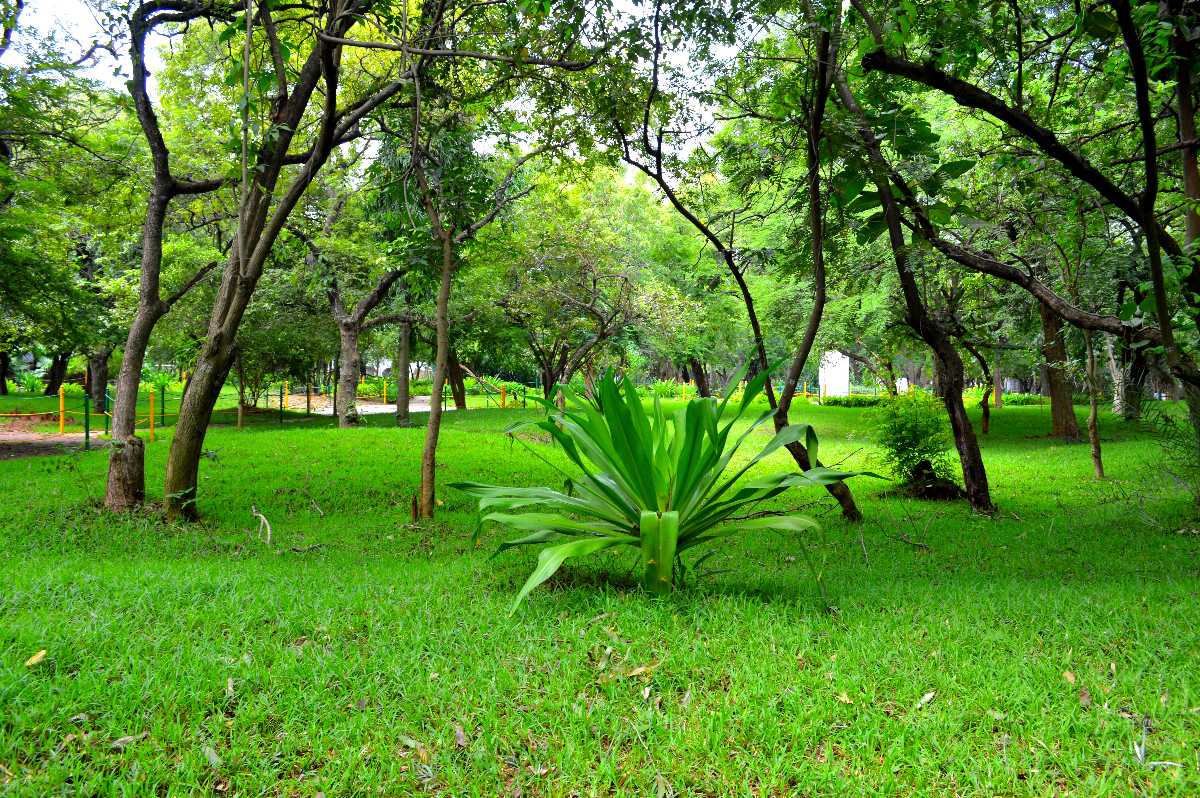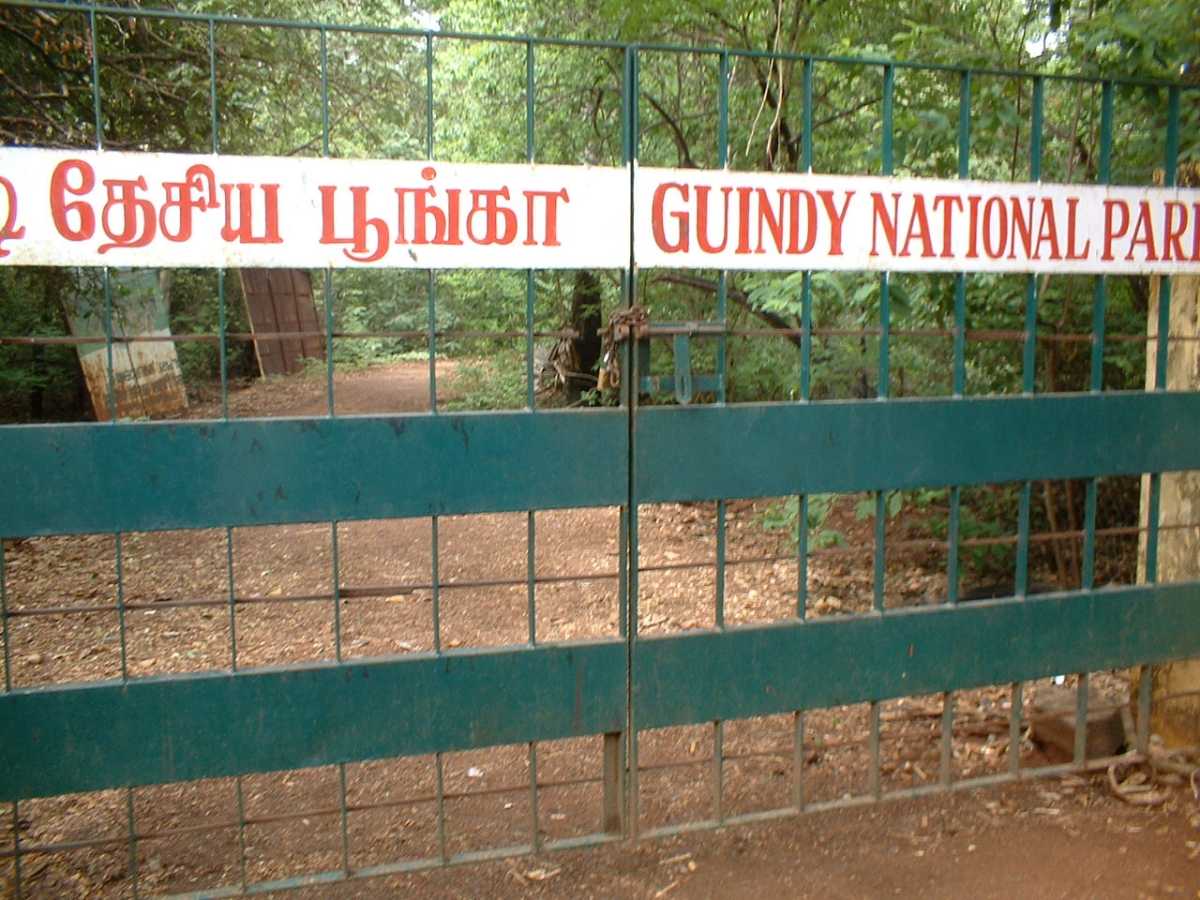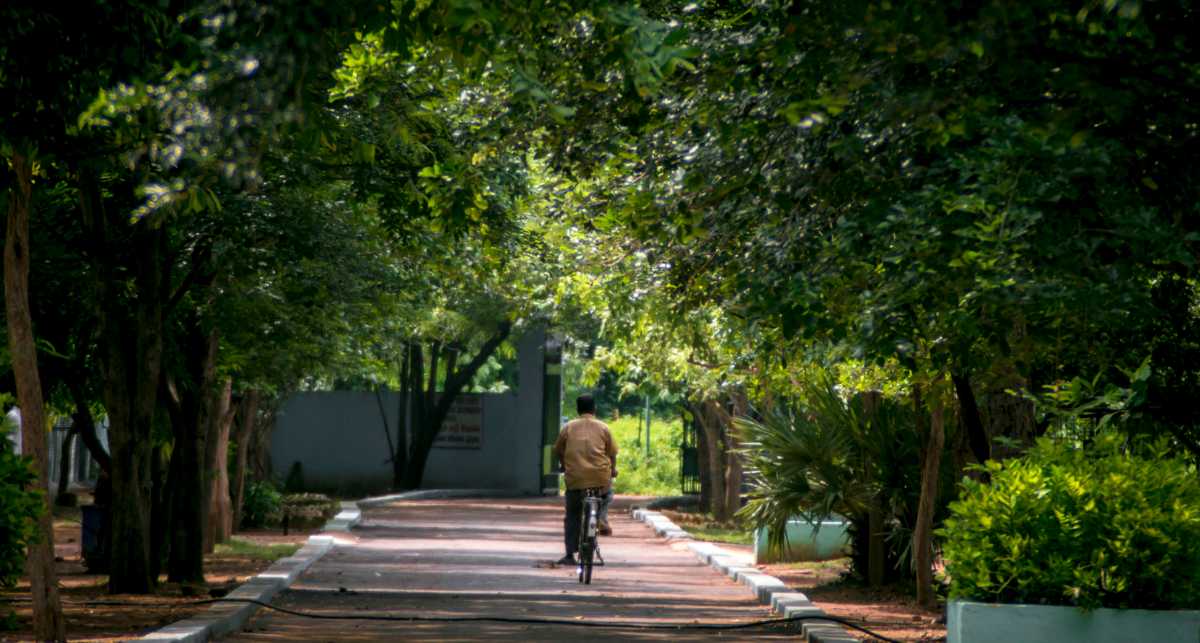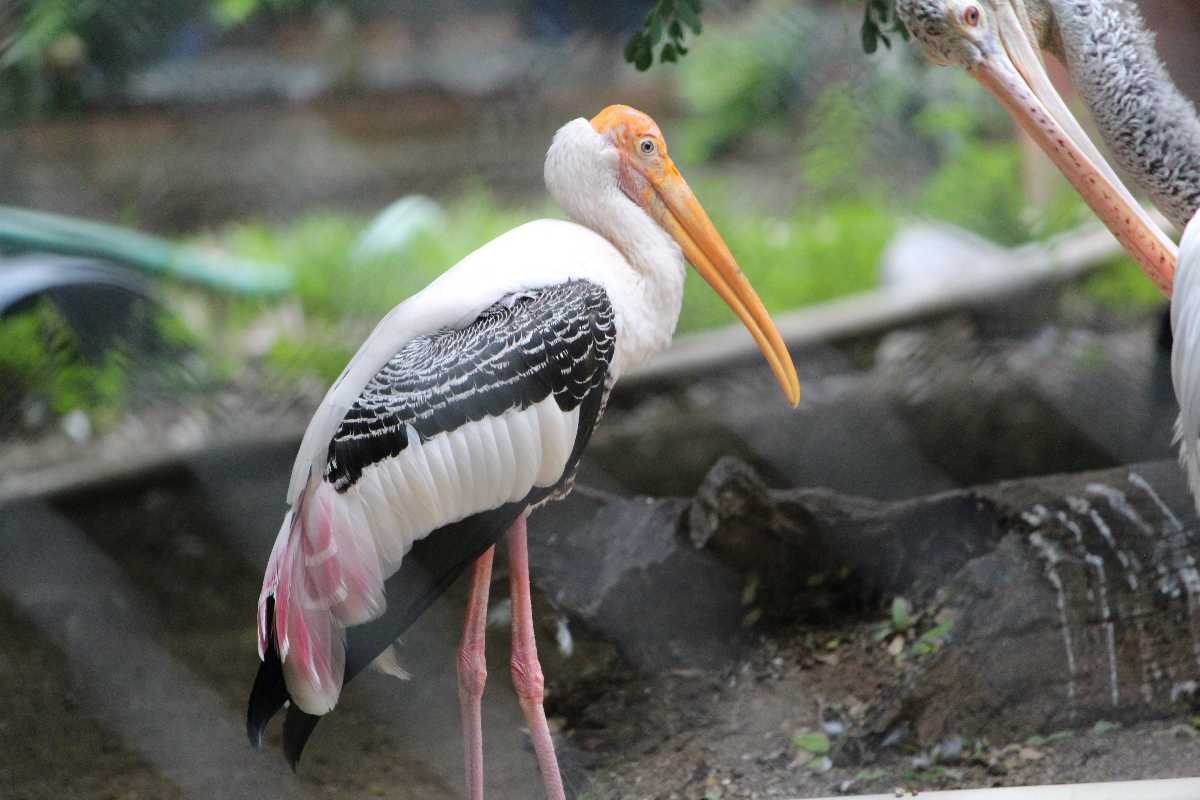Guindy National Park
₹ 34 onwards
View Chennai PackagesWeather :
Tags : National Park
Timings : Snake Park - 9:00 AM to 5:30 PM
Children’s Park – 9:00 AM to 6:00 PM
The park is closed on Tuesdays
Time Required : 2-3 hours
Entry Fee : Individual Entry:
Adult - INR 15
Children studying in Government schools - INR 2
Children studying in Private schools - INR 10
Entry with Camera:
Entry fee for still camera - INR 10
Entry fee for the video camera - INR 75
Entry fee for documentary film production with the help of a video camera - INR 2000
For Snake Park:
Entry fee for still camera - INR 25
Entry fee for the video camera - INR 150
Parking fees:
A heavy vehicle such as bus and truck - INR 50
Four-wheelers such car, jeep - INR 15
Two-wheelers such as motorcycle - INR 5
Guindy National Park, Chennai Overview
One of the must-visit attractions in Chennai is Guindy National Park. Ranked as the eighth smallest National Park in India, Guindy National Park is spread over 2.70 km square in the Protected area of Tamil Nadu, Chennai. These protected areas are maintained by the Ministry of Environment and Forests. You must also know that this the only park which is located inside a city. Before the park came into existence, this space was considered as an extended part of the Guindy Lodge which is presently referred to as the Raj Bhavan, the Governor of Tamil Nadu’s official home
Read More on Guindy National Park
Attractions in Guindy National Park

Source
While the Guindy National Park houses endangered wildlife species, some of the attractions that it is known for are the Snake Park and Children’s Park. Earlier known as the Madras Crocodile Bank Trust, the Guindy Snake Park is known to house some of the unique species of the reptiles such as viper, python, King Cobra, fascinating sea snakes along with turtles too. The Snake Park is located right next to the Guindy National Park. Another popular attraction, the Children’s Park is spread over 22 acres and contributes the northeast part of the Guindy National Park. There are a wide array of birds and animals on display to amuse the curious minds of children whereas the Tyrannosaurus statue at the entrance of the Park is considered to be the most famous backdrop choice for photographs.
History of Guindy National Park

Source
In the olden days, what is today known as the Guindy National Park was a game reserve with an area of 5 km square. This game reserve was a part of the tropical dry evergreen forest known as the Guindy forest on the Coromandel Coast of which a small enclosure was transformed into a garden space. Along with this the official residence for the then Governor William Langhorne was also constructed by the name of Guindy Lodge. The government bought the remainder part of the forest cover in 1821 from Gilbert Rodericks, a Britisher who owned it.
The deal of the forest between Rodericks and the government was finalised at INR 35,000. The Park was converted into a Reserve Forest in 1910 and the first animal to be introduced into it was the spotted deer known as Chital in 1945. A vast chunk of the forest areas was later handed over to the various offices of the government to establish memorials and educational institutes between 1961 and 1977. The Indian Institute of Technology, Guindy Deer Park and Children's Park and memorials for Rajaji and Kamaraj were established here as per the government’s plans.
Gradually, in 1977, the stewardship of the forest area was shifted to the Tamil Nadu Forest Department wherein a year later, Guindy Deer Park was pronounced as a National Park and was separated from the nearby concrete structures such as Raj Bhavan and Indian Institute of Technology Madras Campus by a wall.
How to Reach

Source
If you are interested in flying to the National Park, then you can take a flight to Chennai from where the Park is 8km away. Railways are also very convenient to reach the National Park as the Guindy railway station is only 1km away from the National Park. Connected by an elaborate network of roads, the Park is also easily accessible by road. Hiring a private cab from any nearby city is a feasible option to reach the Park if you don't own a vehicle.
Biodiversity at Guindy National Park
Initially, Guindy National Park which is primarily an evergreen forest had an ecoregion comprising of a plethora of evergreen trees and a canopy of tall deciduous trees namely, Albizia Amara, Sal (Shorea robusta), and Chloroxylon spp. As the human meddling with the forests increased over the years, the tall deciduous trees gradually disappeared to pave the way for the lower canopy of evergreen trees characterised by leathery-leaves. While the forest still has a few patches of Sal forest areas, they are extensively threatened by human interference with nature. The main fauna is characterised by species such as Manilkara hexandra, Mimusops elengi, strychnine tree (Strychnos nux-vomica), Flacourtia indica, Eugenia spp., Drypetes sepiaria and Ceylon ebony (Diospyros ebenum). The forest cover has been significantly reduced to a mere five per cent with mainly tropical dry evergreen scrublands consisting of Ziziphus glaberrima, Catunaregam spinosa, Dichrostachys cinerea and Carissa spinarum.
Fauna

Source
The Guindy National Park has a variety of mammals as a part of its ecoregion including the jackal, sloth bear (Ursus ursinus), chital, dhole (Cuon alpinus), black-naped hare, three-striped palm squirrel, blackbuck, spotted deer, jackal, small Indian civet, common mongoose, hyena, jackal, bonnet macaque, hedgehog and Indian spotted chevrotain (Moschiola indica). The fauna at the Guindy National Park also includes numerous beautiful birds and reptiles. Grey Partridge, Paradise Fly Catcher, Crow Pheasant, Parrot, Black-winged kite, Eagle, Golden-backed Woodpecker, Stone Curlew, Parakeet, Tailor Bird, Pochard, Open-billed Storks and Honey Buzzard are some of the birds you can spot here. The reptiles that charm the visitors with their presence are Fan-throated Lizard, Geckos, Lizards, Saw-scaled Viper, Chameleons, Star Tortoise, and Indian Monitor Lizard.
Where to stay
Best Time to Visit
Tips
- Being a National Park, the place has only one eating joint, therefore, remember to pack few snacks to much on as you explore.
- Considering the vastness of the Guindy National Park, there is a lot of walking involved. Carry water bottles to stay hydrated.
- Wild animals get easily alarmed with human presence, so maintain silence while you are around them.
- If you are visiting Guindy National Park in summers, carry a hat and apply sunscreen lotion to protect yourself from the harsh sun.
Top Hotel Collections
Top Hotels Near Guindy National Park
Guindy National Park Reviews

Have a Question on Guindy National Park?

experience.